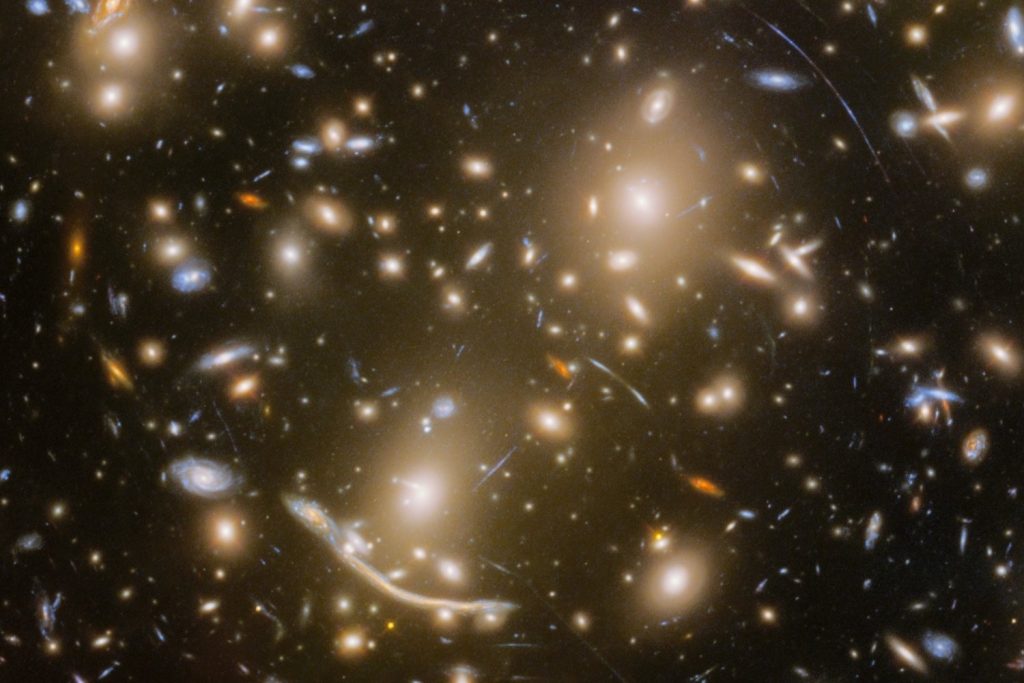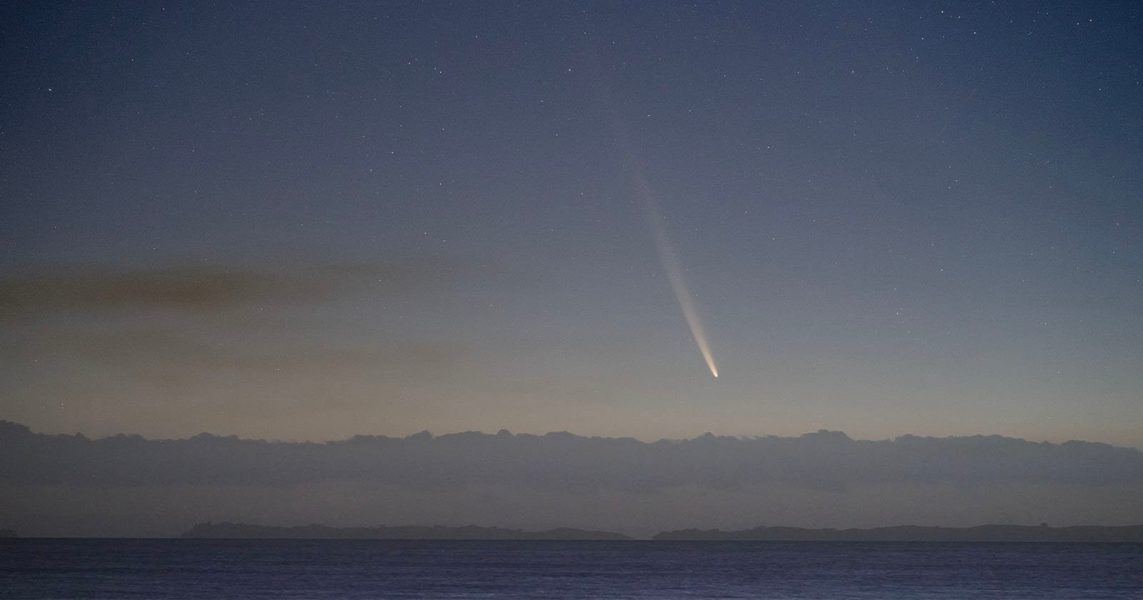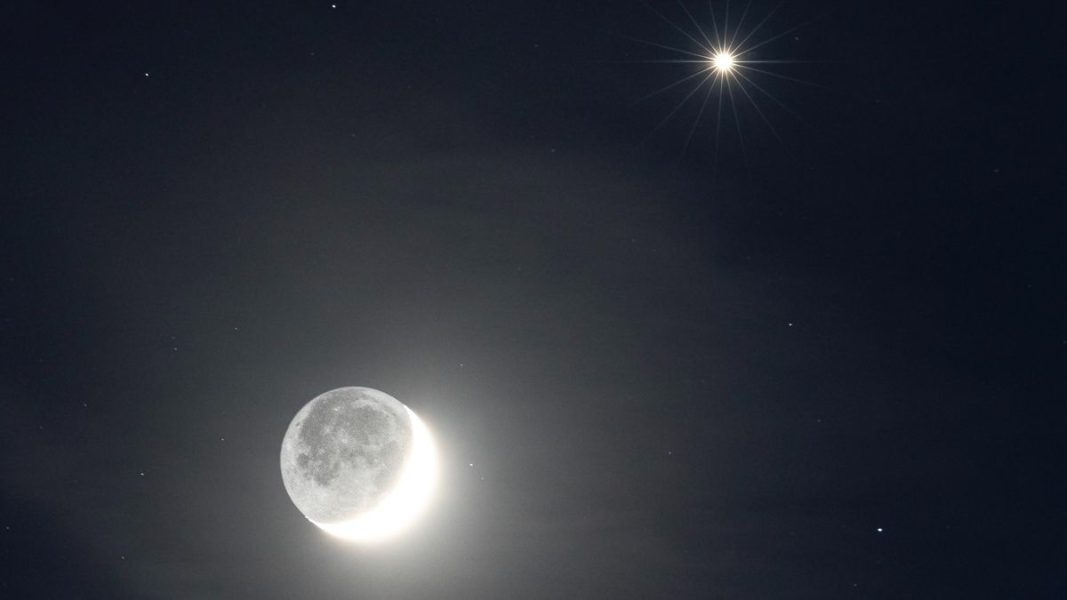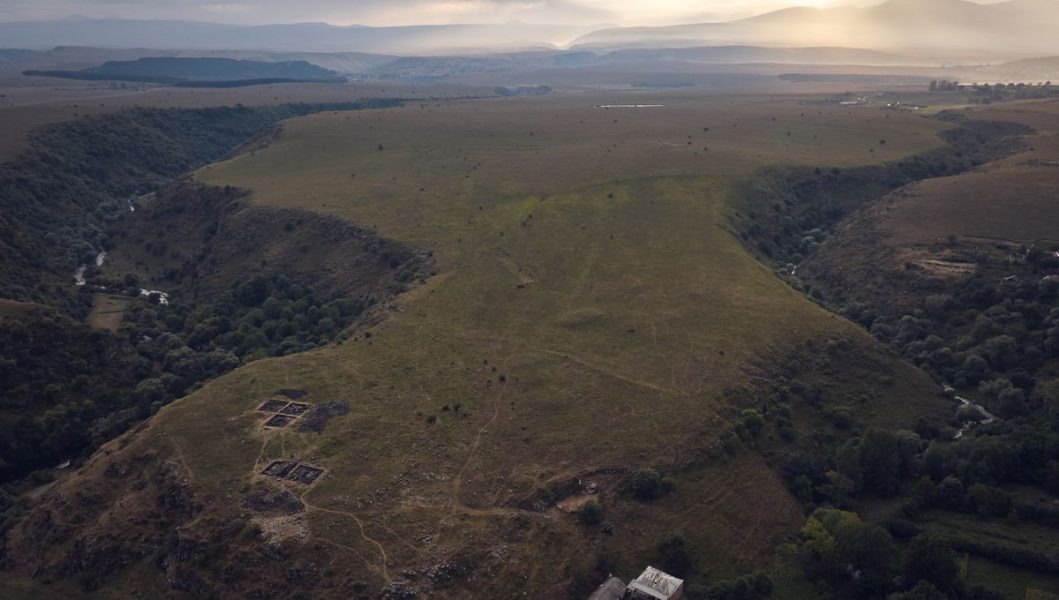Record-Breaking View: Webb Uses Physics Trick to Spot 44 Distant Stars in a Galaxy Far, Far Away – Gizmodo

The Webb Space Telescope captured a record-breaking image of stars in the Dragon Arc, a serpentine crescent of a galaxy in the distant universe.The galaxy is a whopping 6.5 billion light-years from Earth and Webb’s recent snapshot of it captures 44 individual stars, seen thanks to the telescope’s remarkable capabilities and the fortuitous layout of objects between the telescope and the galaxy. Let us explain.The Dragon Arc is just that—a bent strip of light in space—because its light is flattened by the gravity of intervening objects. Those intervening objects are gravitational lenses, which bend and refocus the light from more distant objects, magnifying them to an observer (in this case, the Webb Space Telescope).In a recent study, a group of astronomers scrutinized Webb observations of a galaxy cluster and well-known gravitational lens known as Abell 370. The cluster magnified the distant stars by approximately 100 times, and a star within the cluster acted as a lens within that lens, making the distant stars come into sharper relief. The team’s research describing the target stars was published this week in Nature Astronomy.“Inside the galaxy cluster, there are many stars floating around that are not bound by any galaxy,” said Eiichi Egami, a research professor at Steward Observatory and co-author of the paper, in an Arizona State University release. “When one of them happens to pass in front of the background star in the distant galaxy along the line of sight with Earth, it acts as a microlens, in addition to the microlensing effect of the galaxy cluster as a whole.”The lensception, if you will, made it possible for the research team to pick out individual stars which otherwise would have been too fuzzy to make out. The team studied the stars and concluded that “many of them are consistent with red giants or supergiants magnified by factors of hundreds,” as the group wrote in the paper.“This groundbreaking discovery demonstrates, for the first time, that studying large numbers of individual stars in a distant galaxy is possible,” said Fengwu Sun, a researcher at the Center for Astrophysics | Harvard & Smithsonian, in the release.Such red stars are nearing the end of their lives. As the stars use up their fuel, they swell and offload reams of gas and dust. Webb is no stranger to such ancient stars; in 2022 and 2023, the state-of-the-art observatory trained its eye on Earendel, the most distant known star, and found signs that the ancient ball of gas may have a partner in crime.Discovering a single distant star is remarkable on its own. In November 2024, astronomers captured the first detailed image of a star outside our galaxy—a red supergiant in its final stages of life. But a whole collection of stars is more scientifically useful. As the team wrote, the work demonstrates that “observations by the Webb Space Telescope could lead to the possibility of conducting statistical studies of high-redshift stars.”Astronomers will conduct follow-up observations of the arc with the Webb telescope, which are expected to reveal more of the magnified stars within the distorted galaxy. Besides helping scientists understand how different gravitational lenses magnify ancient light, the findings could reveal aspects of dark matter.
gravitational lensesstarsStellar astronomywebb space telescope
Get the best tech, science, and culture news in your inbox daily.
News from the future, delivered to your present.
Please select your desired newsletters and submit your email to upgrade your inbox.
New images from Webb Space Telescope reveal massive, ancient spiral galaxies.
Perplexing data in the early 2000s raised questions about how planetary formation began in the universe, and new data from Webb provides some answers.
At 3.8 million miles from the Sun’s surface, Parker Solar Probe will be the closest a human-made object’s ever been to our host star.
A survey of Sun-like stars found that they produce a superflare roughly once per century.
The star offers hints at how huge stars shed gas and dim towards the ends of their lives.
A compound lens forged by two galaxies is helping astronomers get a bead on the Hubble Constant and dark energy.
🔴 Live Updates From CES 2025 ➜We may earn a commission when you buy through links on our sites.
©2025 GIZMODO USA LLC. All rights reserved.Mode
Follow us
Mode
Follow us






